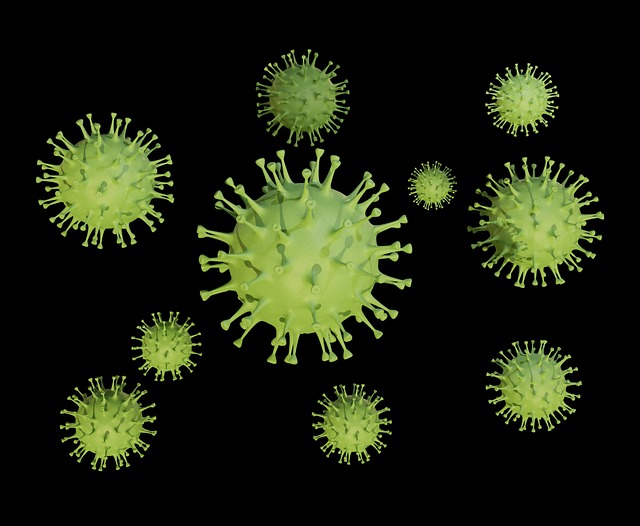The World Health Organization (WHO) has updated its guidelines on the use of masks by the population, clinical care and treatments against COVID-19, as part of an ongoing review process and in consultation with groups of Independent, international experts draft these guidelines taking into account the latest evidence and epidemiological trends.
Masks continue to be useful to prevent COVID-19
The WHO continues to recommend wearing a mask in certain situations. As COVID-19 is spreading around the world, these recommendations recommend wearing a mask in certain situations, regardless of the local epidemiological situation. It is recommended that people recently exposed to the causative virus, those who have or suspect they have COVID-19, those who are at high risk of presenting severe symptoms of this disease, and all those who must be in crowded, closed and closed places, stuffiness. Until now, WHO recommendations were based on the epidemiological situation.
As with previous recommendations, the WHO states that it may be advisable to wear a mask in other situations, depending on the risk assessment. In this sense, factors such as epidemiological trends or the increase in hospitalizations at the local level, vaccine coverage, population immunity and the characteristics of the place or event must be taken into account.
Less isolation time for patients
The WHO states that a patient can be discharged quickly if they test negative in a rapid antigen detection test for COVID-19.
It also recommends that, if tests are not performed, the person should isolate themselves for 10 days starting from the first day they had symptoms. Until now, it was recommended to add 3 more days to those 10, counted from the last one with symptoms.
For people who test positive but do not present signs and symptoms of the disease, 5 days of isolation are recommended without the need for further testing. Until now, 10 days were recommended in these cases.
According to the evidence reviewed by the guideline development group, transmission from infected people without symptoms is much less likely. Although the evidence in this regard is not conclusive, it has been observed that if those infected with symptoms are discharged five days after the onset of symptoms, they transmit three times more of the virus than if it is done after 10 days.
Review of treatments against COVID-19
The WHO has expanded its strong recommendation to prescribe a combination of nirmatrelvir and ritonavir (trade name Paxlovid®).
Pregnant or breastfeeding women , if they do not have serious symptoms of COVID-19, should consult their doctor to find out if they can take this medication, taking into account the benefits it can provide and the apparent absence of side effects.
The WHO first recommended the combination of nirmatrelvir and ritonavir in April 2002. It is now strongly recommended that patients with mild or moderate COVID-19 take it if they are in a high-risk group. In December 2022, the WHO prequalified the first generic of this drug.
Furthermore, after examining the available evidence on two other drugs (sotrovimab and the casirivimab-imdevimab combination), the WHO maintains its strong recommendation not to prescribe them to treat COVID-19, since these monoclonal antibodies have low or no activity against variants circulating at the moment.
Currently there are six therapeutic options with proven effectiveness against this disease; three of them prevent hospitalization in people at high risk and three that can save the lives of patients with severe symptoms or in critical condition. With the exception of corticosteroids, access to these medications is insufficient worldwide.
















